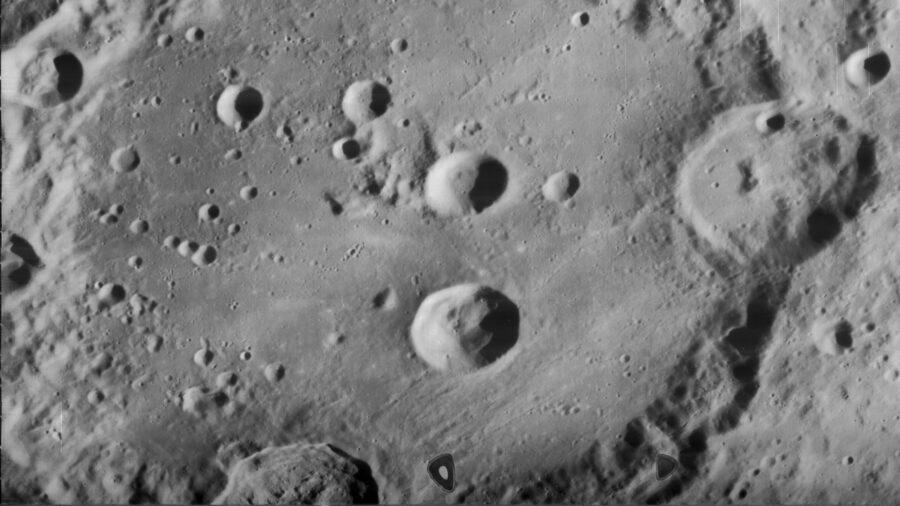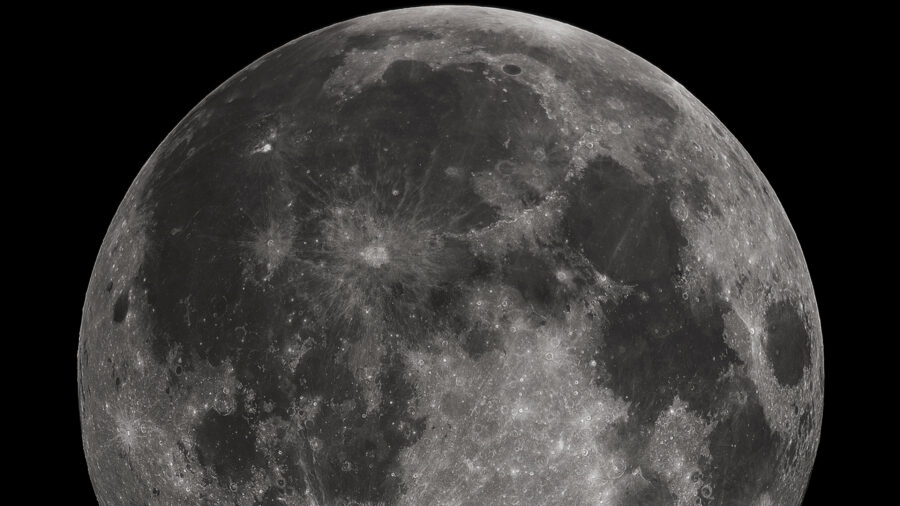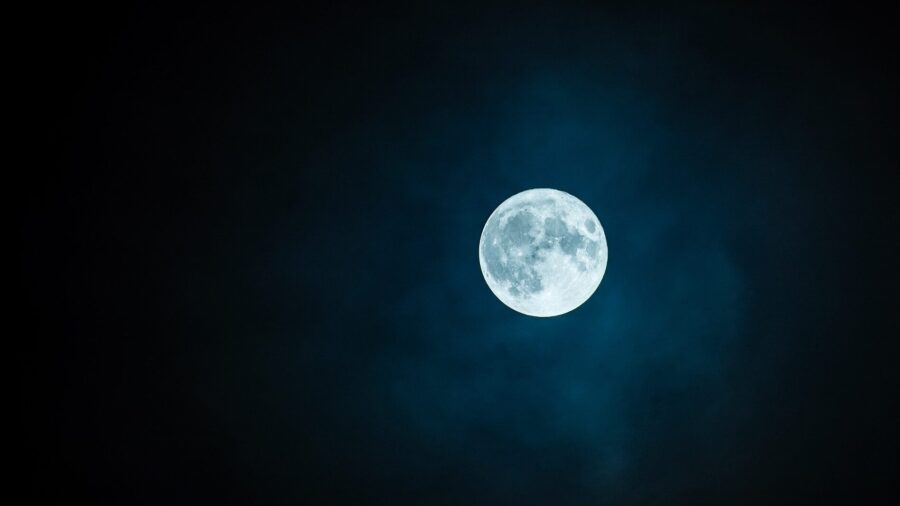Strange Heat Blob Discovered On The Moon Has Scientists Puzzled

Scientists have discovered an abnormal blob of heat on the far side of the Moon. This strange thermal anomaly is believed to be caused by natural radiation from buried granite.
Since large quantities of this mineral are scarce outside Earth, researchers believe the granite is from a dead volcano called the Compton-Belkovich Volcanic Complex that has been dormant for 3.5 billion years.
Buried granite in the Moon is giving off high levels of radiation, creating a hot zone on the lunar surface.
“This is more Earth-like than we had imagined can be produced on the Moon, which lacks the water and plate tectonics that help granites form on Earth,” Matt Siegler of the Planetary Science Institute in Tucson, Arizona, and lead study author said in a statement via Live Science.
The findings were made using microwaves to measure subsurface temperatures with the aid of Chinese lunar orbiters Chang’E 1 and 2.
Siegler and his associate Rita Economos from Southern Methodist University also used information gathered by NASA’s Lunar Prospector and Lunar Reconnaissance Orbiters.

Their research unveiled a region spanning approximately 31 miles (50 kilometers) in diameter with a temperature of approximately 18 degrees Fahrenheit (10 degrees Celsius) higher than the surroundings on the Moon.
This area resides beneath a surface location of approximately 12.4 miles (20 kilometers) in diameter, characterized by an abundance of silicon, indicating a collapsed volcanic crater. Although the volcano has been buried for years, remnants of molten rock from its underlying conduit system are believed to emanate heat on the Moon’s surface.
Scientists theorize the radioactive granite is the remains of an ancient underground volcano.
“This find is a 50 km-wide batholith,” Economos said about the heat on the Moon. A batholith is a specific category of volcanic rock that materializes through the ascent of molten lava into the Earth’s crust, yet refrains from erupting onto the surface. ”El Capitan and Half Dome, in Yosemite in California, are examples of similar granite rocks which have risen to the surface,” Economos added.
The researchers documented their preliminary discoveries in the esteemed scientific journal Nature on July 5. They presented more details about the heat on the Moon during the Goldschmidt Conference on Geochemistry held in Lyon, France, on July 12.
Stephen M. Elardo, a Geochemist at the University of Florida, described the findings as “incredibly interesting,” though he was not involved in the study.

While granite is plentiful on Earth, it is very uncommon throughout the rest of the Solar System due to its reliance on specific circumstances for its formation. These prerequisites include a substantial amount of liquid water and the existence of plate tectonics, which facilitate the melting and recycling of materials within a planet’s crust.
The conditions for creating granite don’t exist on the Moon, at least, not that scientists know of right now, making its existence a mystery.
Granite production requires either a complex process of multiple stages of remelting of basaltic rock or the fractional crystallization of liquid basalt. The Moon lacks both liquid water and plate tectonics, rendering the conditions for granite formation absent on its surface. At first glance, the area appears rather ordinary, lacking any distinctive visual features.
It hasn’t even been assigned an individual name. Its hyphenated label stems from its adjacency to two neighboring impact craters, Compton and Belkovich. Nevertheless, this particular region has captivated the interest of scientists for years.
In the late 1990s, David Lawrence, a Los Alamos National Laboratory researcher, was analyzing data obtained from NASA’s Lunar Prospector mission when he discovered a burst of gamma rays originating from this specific location on the Moon. These gamma rays were found to correspond with Thorium, a naturally occurring radioactive element.












